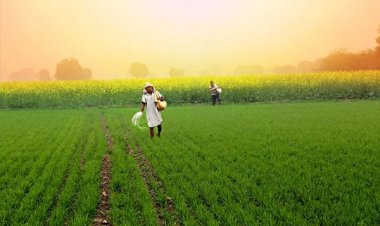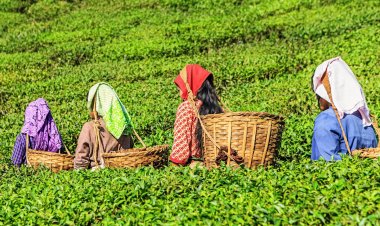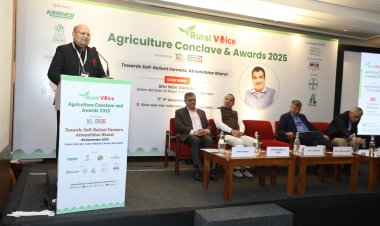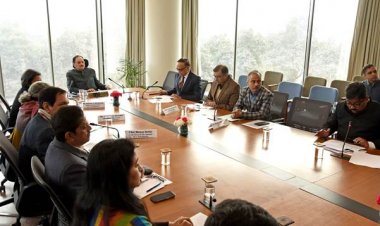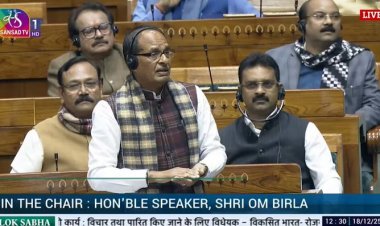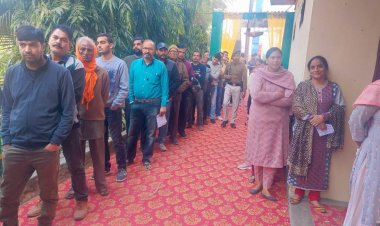DAP goes along the lines of urea; fertilizer consumption imbalance increases fast in Kharif
For the last several decades, the government and the fertilizer industry have been trying to correct the balanced use of fertilizers besides advocating for it. Despite this, however, the consumption of urea has grown faster than that of other fertilizers. Now, along with urea, Di-Ammonium Phosphate is also heading in the same direction. In comparison to other complex fertilizers, the consumption of DAP has increased faster due to differences in prices. The fertilizer consumption figures up to the month of October in the current year stand testimony to this. In the subsidy rates announced by the government for the Rabi season (2022-23) under the NBS scheme, while the subsidy has been increased on nitrogen, the subsidy rates on P, K and S have been decreased. This decision will also give rise to an imbalance in the use of fertilizers.
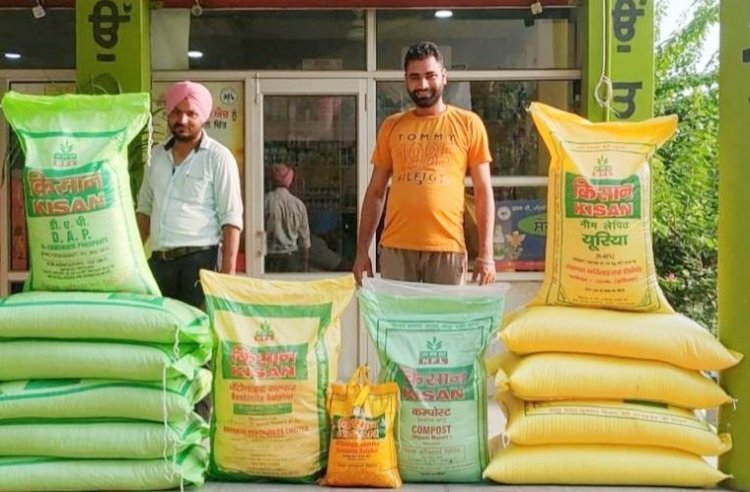
For the last several decades, the government and the fertilizer industry have been trying to correct the balanced use of fertilizers besides advocating for it. Despite this, however, the consumption of urea has grown faster than that of other fertilizers. Now, along with urea, Di-Ammonium Phosphate is also heading in the same direction. In comparison to other complex fertilizers, the consumption of DAP has increased faster due to difference in prices. The fertilizer consumption figures up to the month of October in the current year stand testimony to this. In the subsidy rates announced by the government for the Rabi season (2022-23) under the Nutrient-Based Subsidy (NBS) scheme, while the subsidy has been increased on nitrogen, the subsidy rates on Phosphorus (P), Potash (K) and Sulphur (S) have been decreased. This decision will also give rise to imbalance in the use of fertilizers.
According to the figures from the Department of Fertilisers (DoF), an increase of 3.7 per cent has registered in urea sales during April-October 2022 in the current year. Also, DAP sales have registered a 16.9 per cent increase during this period. On the other hand, non-urea and non-DAP fertilizers have registered a decline during this period. These fertilizers include Muriate of Potash (MOP), Single Super Phosphate (SSP) and other complex fertilizers. They have Nitrogen (N), Phosphorus (P), Potash (K) and Sulphur (S) in different ratios.
Fertilizer sales (in lakh tonnes)
|
April-October 2021 |
April-October 2022 |
Growth rate (percentage) |
|
|
Urea |
186.273 |
193.112 |
3.67 |
|
DAP |
55.612 |
65.032 |
16.94 |
|
MOP |
16.877 |
8.792 |
(-)47.91 |
|
NPKS |
71.875 |
57.553 |
(-)19.93 |
|
SSP |
34.815 |
31.678 |
(-)9.01 |
The MOP sales have been less by 47.9 per cent during the first seven months of the current financial year. The sales of complex fertilizers with various ratios of N, P, K and S have declined by 19.9 per cent. The SSP sales have registered a decline of 19.9 per cent during this period. The difference in prices is being considered the reason behind the decline in sales of other fertilizers in comparison to those of urea and DAP. This difference exists because of the difference in subsidy levels. The maximum retail price (MRP) of urea is Rs 5,628 per tonne at present. Among the fertilizers, the price of urea is controlled by the government. Fertilizer companies sell urea at the price fixed by the government. The government compensates the gap between the production and import costs and the MRP by providing subsidies to the fertilizer companies.
Fertilizers other than urea come under the category of decontrolled fertilizers. The right to fix their MRP rests with the companies. The government gives a fixed subsidy on these under the NBS scheme. However, it is a separate issue that in practice, companies fix their prices only after they get a green signal from the government. The government has had to increase the subsidies on these fertilizers due to the steep hike in the prices of the fertilizers and their raw materials over about the last year and a half in general and after the Russia-Ukraine war in particular. Even among these, the maximum subsidy is being given on DAP. Companies have been instructed to sell DAP at Rs 1,350 per bag (50kg), i.e., Rs 27,000 per tonne. While the MRP of MOP is Rs 34,000 per tonne, that of NPKS complex variants is in the range of Rs 29,000-Rs 31,000 per tonne. The MRP of SSP is Rs 11,000-Rs 11,500 per tonne. The price of DAP is less than that of the complex fertilizers having NPK variants due to the unofficial price control. Earlier, on the other hand, the DAP prices had been greater than those of most fertilizers. But the DAP sales have increased fast in comparison to those of other fertilizers as the former is available at a cheaper price.
Currently, the DAP subsidy level stands at Rs 48,433 per tonne. The subsidy level on MOP is Rs 14,188 per tonne. While the subsidy for NPKS 10 : 26 : 26 : 0 complex fertilizer is Rs 33,353 per tonne, that for SSP is Rs 7,513 per tonne. One of the fertilizer industry officials said to Rural Voice in an interview, “Given this situation, why will the farmers buy any fertilizer other than DAP and urea? But the excessive use of urea and DAP has led to an increase in the imbalance of fertile nutrients in the soil, which ultimately has an adverse effect on crop yields. This is not in the farmers’ interest.” Fertilizer Association of India (FAI) Chairman KS Raju says that 4 : 2 : 1 is the ideal ratio of N, P and K in fertilizer consumption. On the other hand, while this ratio has been 7.7 : 3.1 : 1 in 2020-21, this imbalance has reached 12.8 : 5.1 : 1 in the 2022 Kharif season.
Therefore, soil testing or Soil Health Card (SHC) has no relevance. It is fertilizer prices that become the deciding factor for the farmers in their use of fertilizers.



 Join the RuralVoice whatsapp group
Join the RuralVoice whatsapp group


















